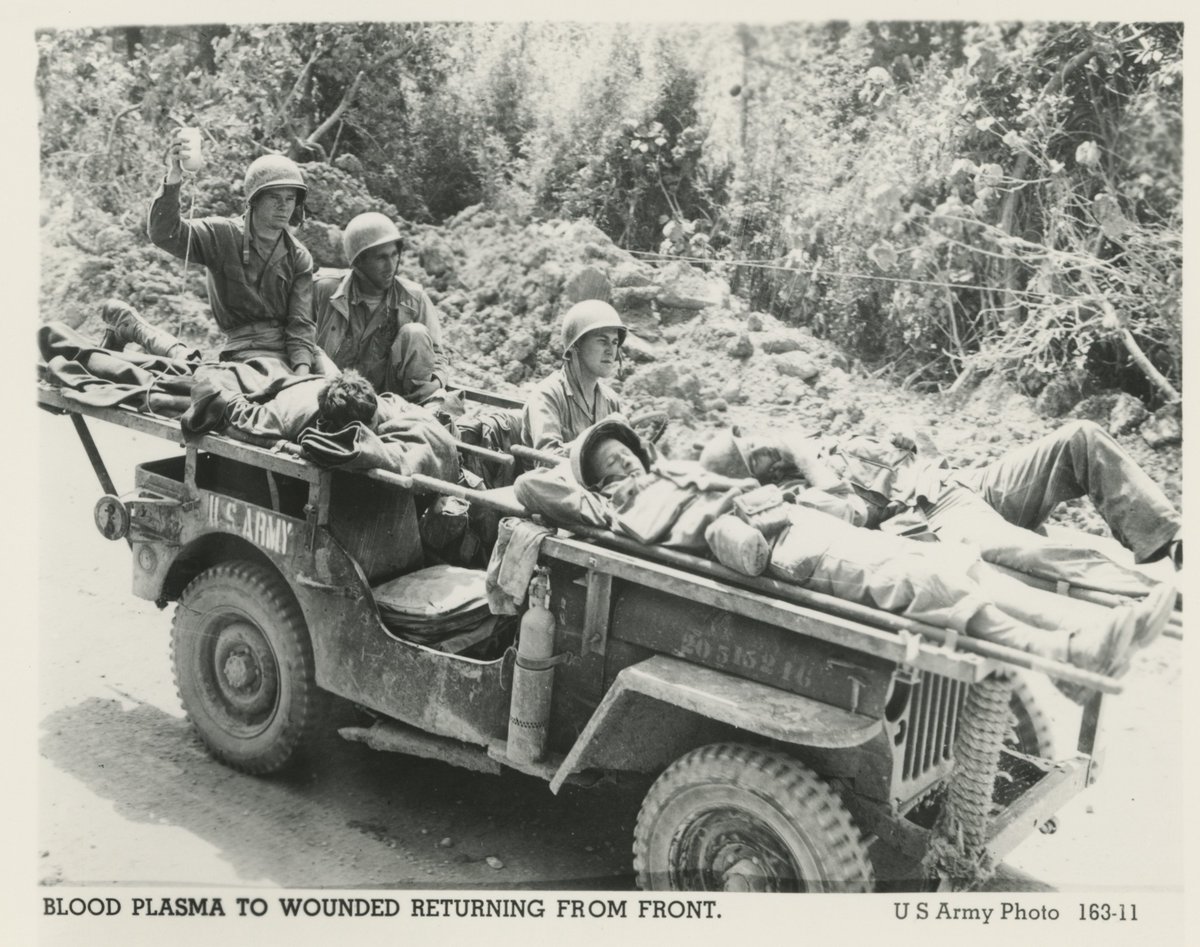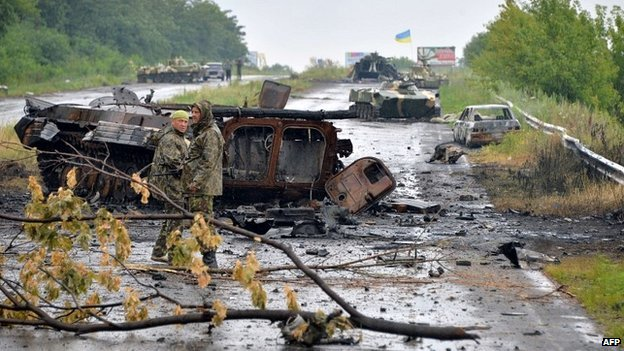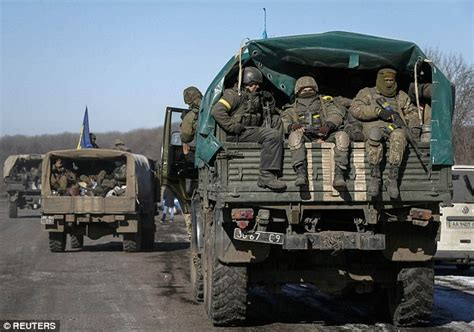
I am going to use this @wartranslated retweet to set up another casualty logistics🧵 to highlight what is going on during the Ukrainian counter-offensive in Kherson.
Regarding @wartranslated Russian MoD leaked 50k dead number, that seems believable to me.
1/
Regarding @wartranslated Russian MoD leaked 50k dead number, that seems believable to me.
1/
https://twitter.com/wartranslated/status/1563805882269552641
Strategypage.com is reporting the Russians casualty ratio is about 2 wounded for each soldier killed in combat.
This ratio is based on Ukrainian analysis of Russian Army cell phone, radio, texting & internet traffic.
2/
strategypage.com/htmw/htart/art…
This ratio is based on Ukrainian analysis of Russian Army cell phone, radio, texting & internet traffic.
2/
strategypage.com/htmw/htart/art…
I've talked about casualty ratios & medevac logistics repeatedly since 24 Feb 2022.
This earlier tweet of mine is the heart of the issue as far as medium intensity warfare casualty ratios are concerned.
3/
This earlier tweet of mine is the heart of the issue as far as medium intensity warfare casualty ratios are concerned.
3/
https://twitter.com/TrentTelenko/status/1501390397913935881
For that Strategypage.com ratio to be true, all of the 15/100 that need medical trauma care to survive after a wound in the Russian Army simply don't get that care.
What high velocity artillery fragment & gunshot wounds do to a human body requires stopping the
4/
What high velocity artillery fragment & gunshot wounds do to a human body requires stopping the
4/
...bleeding (the Platinum 5 Minutes) and replacing the lost blood volume (the Golden hour) with plasma, if that is all that's available, and whole blood ASAP.
Getting viable whole blood to a wounded soldier in that 'Golden Hour' was a major feat of modern military logistics
5/
Getting viable whole blood to a wounded soldier in that 'Golden Hour' was a major feat of modern military logistics
5/
...which was first addressed in WW2.
The bar chart below uses data from the US Army Green book series and it shows the amount of whole blood made available in the Southern Philippines campaign.
The difference between the March & April 1945 campaigns was a gasoline powered
6/
The bar chart below uses data from the US Army Green book series and it shows the amount of whole blood made available in the Southern Philippines campaign.
The difference between the March & April 1945 campaigns was a gasoline powered
6/

...ice chip machine add in early April 1945.
It was simply easier to have these gasoline powered ice chip machines in the whole blood supply chain topping off ice in coolers filled with units of blood as they moved to the front.
USN whole blood ice chest in the photo below
7/
It was simply easier to have these gasoline powered ice chip machines in the whole blood supply chain topping off ice in coolers filled with units of blood as they moved to the front.
USN whole blood ice chest in the photo below
7/

I think the Russian casualty ratio is much worse. than 1:2 KIA/WIA.
Ukrainian com-data would not reflect Russian soldiers who died of wounds later in hospitals or the 'missing' who are actually dead.
When I reviewed the post-WW2 Okinawa campaign casualty data, the US Army
8/
Ukrainian com-data would not reflect Russian soldiers who died of wounds later in hospitals or the 'missing' who are actually dead.
When I reviewed the post-WW2 Okinawa campaign casualty data, the US Army
8/
... went out of its way to hide that 'died of wounds later' number during WW2.
Overall, in WW2 there were 118,376 US Army Infantry branch immediate battle deaths & another 19,799 infantry battle casualties that died of wounds in hospital, AKA 16.7% of immediate battle deaths
9/

Overall, in WW2 there were 118,376 US Army Infantry branch immediate battle deaths & another 19,799 infantry battle casualties that died of wounds in hospital, AKA 16.7% of immediate battle deaths
9/


The US Military's Okinawa definitely had a "Golden hour" for most of the 83-day land campaign, either side of the torrential rains of May 1945.
Even then, US infantry wounded were getting plasma at battalion aid stations within 90 odd minutes with medivac flights to Guam.
10/



Even then, US infantry wounded were getting plasma at battalion aid stations within 90 odd minutes with medivac flights to Guam.
10/




I've attached some screen captures from the article "Review of Military Casualties in Modern Conflicts -- The Re-emergence of Casualties from Armored Warfare" including the abstract and a couple of tables.
This makes clear to me that the Russian Army in Ukraine is taking
11/


This makes clear to me that the Russian Army in Ukraine is taking
11/



... at least 24 hours to get wounded soldiers to advanced trauma care.
This is why I am still leaning towards a two dead for every three Russian wounded as the more realistic Russian casualty ratio in Ukraine.
12/
This is why I am still leaning towards a two dead for every three Russian wounded as the more realistic Russian casualty ratio in Ukraine.
12/
Medical care in Russia is horrid, so Russian Army 'died of wounds' is at least that 16.7% the US Army infantry had in WW2.
Additionally, large numbers of Russian "missing soldiers" are actually incinerated to bone dust Russian tank and light armored vehicle crews.
13/

Additionally, large numbers of Russian "missing soldiers" are actually incinerated to bone dust Russian tank and light armored vehicle crews.
13/


The T-64/T-72/T-80/T-90 tanks and BMP/BMD IFVs ammo carrousel designs are utterly horrid for incinerating their crews' bodies.
14/
14/

Using Strategypage.com's 2 WIA to 1 KIA ratio, purportedly from Ukrainian sigint intercepts, would put Russian losses at ~136,000 casualties (dead and wounded) in Ukraine by 29 Aug 2022.
15/
15/
A 2:3 KIA to WIA ratio, assuming 50K dead per @wartranslated Russian MoD leak, puts total Russian casualties at 125,000.
In the 2014-2015 ATO operations in Donbass, Ukraine has a 1 to 4.5 ratio of KIA to WIA in summer fighting and a 1:2 ratio in the winter fighting
16/
In the 2014-2015 ATO operations in Donbass, Ukraine has a 1 to 4.5 ratio of KIA to WIA in summer fighting and a 1:2 ratio in the winter fighting
16/
...in the Debaltseve Salient.
That was a function of cold weather increasing deaths from shock and loss of blood plus Russian shelling slowing Ukrainian medivac.
17/

That was a function of cold weather increasing deaths from shock and loss of blood plus Russian shelling slowing Ukrainian medivac.
17/


Between much higher ratios of both whole blood & hemostatic dressings available to Ukrainian ground forces.
We can expect that 1:4.5 KIA to WIA ratio has applied throughout the current Russo-Ukrainian War for AFU.
18/
We can expect that 1:4.5 KIA to WIA ratio has applied throughout the current Russo-Ukrainian War for AFU.
18/
https://twitter.com/TrentTelenko/status/1501390402787622927
And that casualty ratio is better than that right now in Kherson because Ukraine had time to stockpile medical supplies for this counter-offensive to US/NATO battle medicine standards ahead of time.
19/End
19/End
• • •
Missing some Tweet in this thread? You can try to
force a refresh






